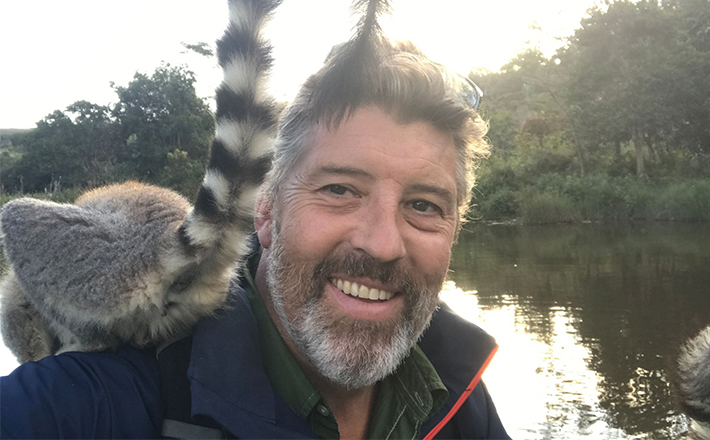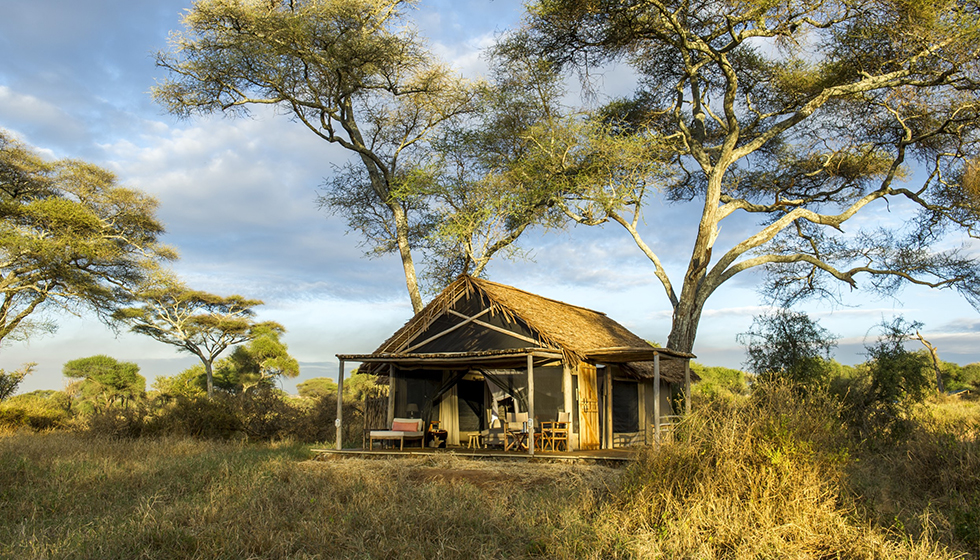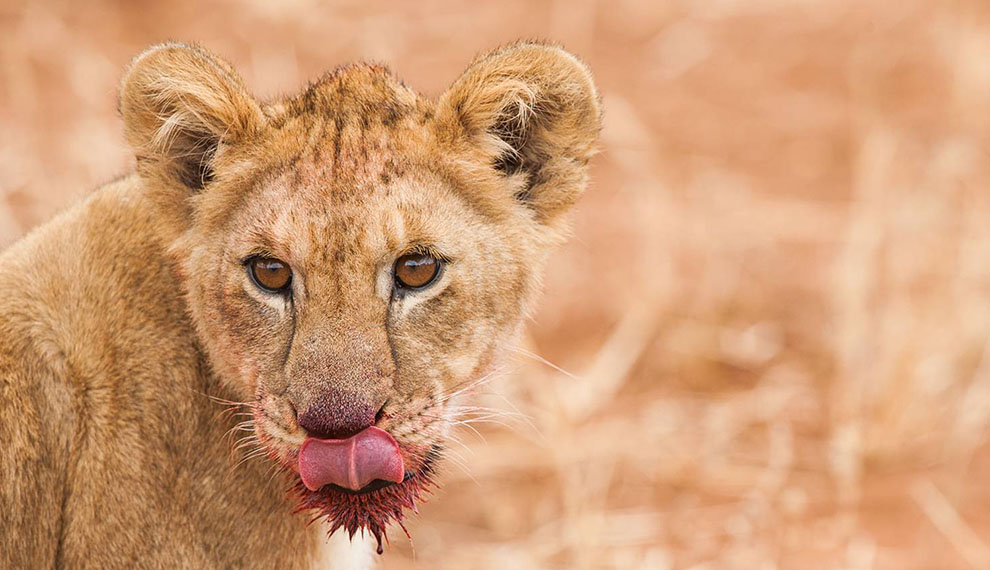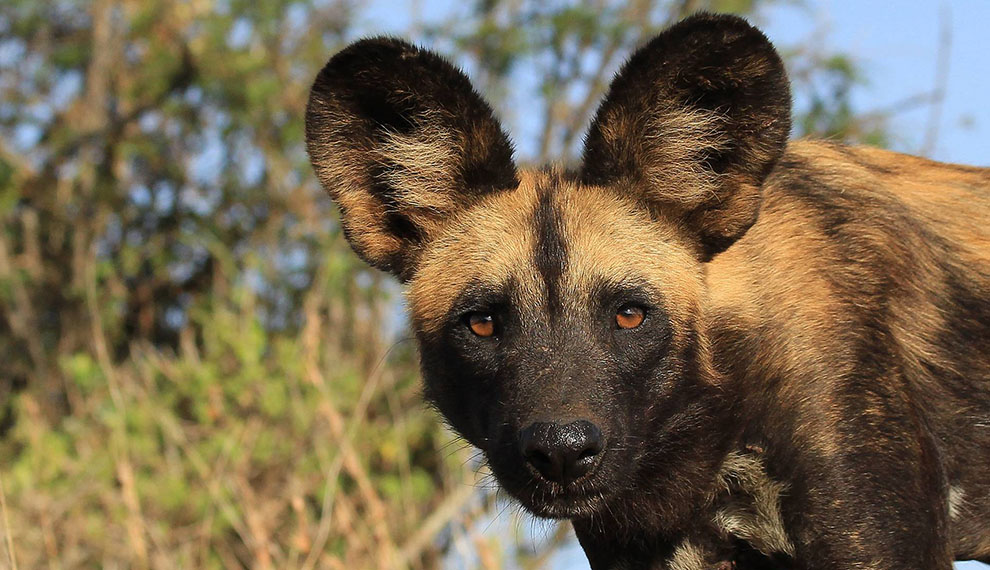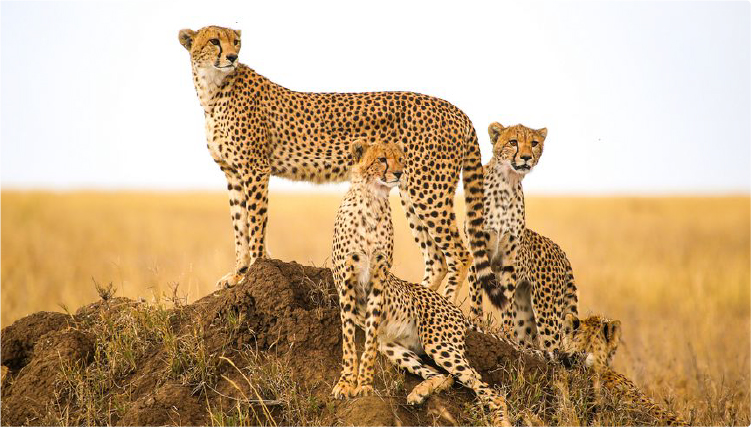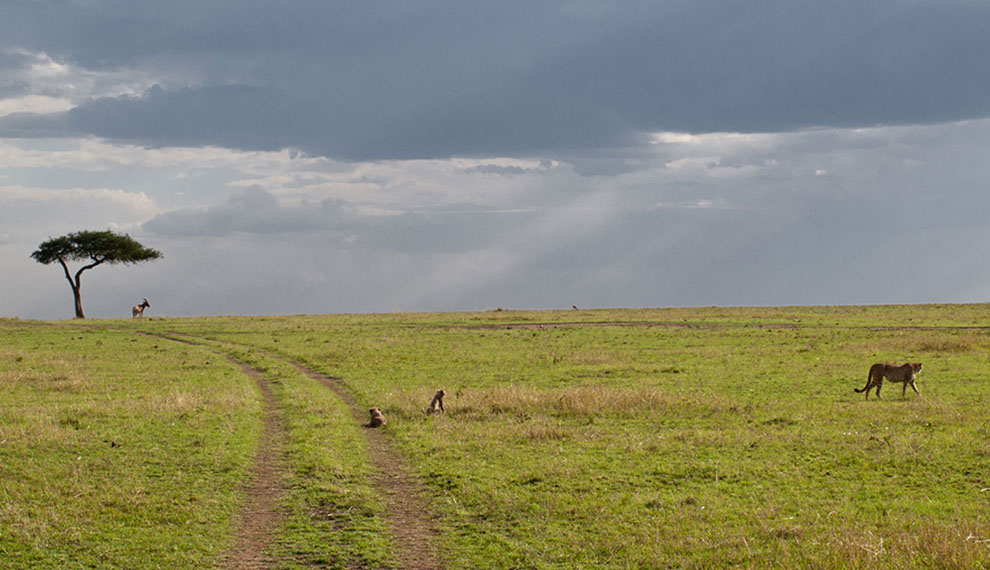
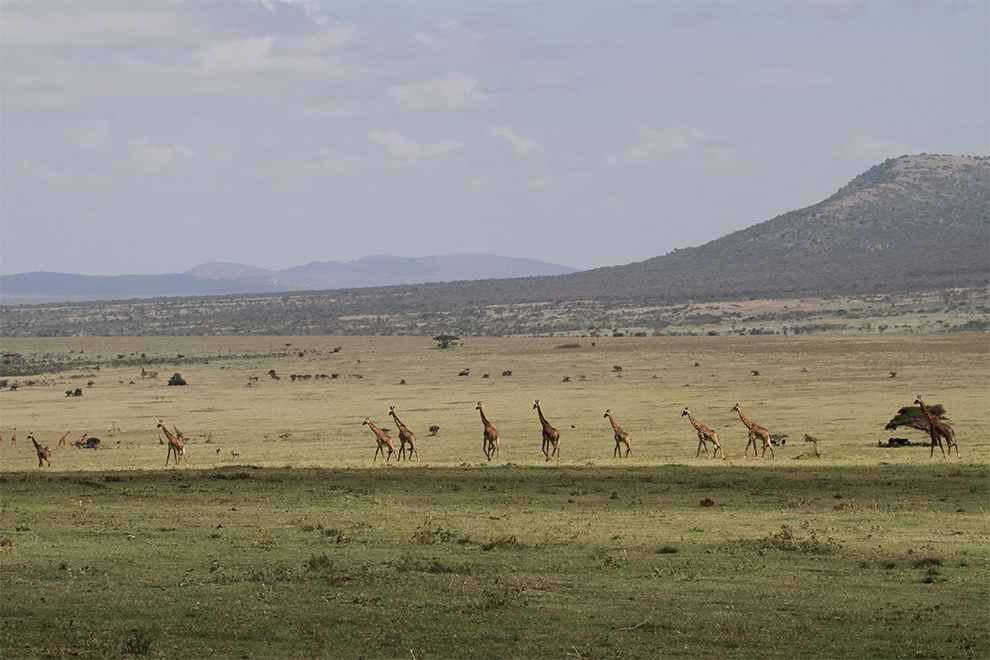
5 Common Misconceptions about the Serengeti
The Serengeti is one of the world’s most famous wildlife areas, but it’s surprisingly little-known beyond the peak times and places.
1. Every animal you see is surrounded by dozens of vehicles. (False)

Everybody dreads the safari nightmare of watching a hassled cheetah besieged by a circle of vehicles sprouting long lenses. But while there are parts of the park where this can be a reality, this is in large part down to the knowledge and experience of your guide. Travel with an experienced guide and he’ll have the confidence to take you to areas others don’t know. The best guides and companies don’t work on mileage restrictions, so they’re free to get off the beaten track.
2. You can’t walk in the Serengeti (False)

While it’s true that the majority of people never leave their vehicle during a safari to the Serengeti, a small handful of operators are allowed to run proper walking safaris over many days in special wilderness zones where game drives aren’t allowed. Explore quietly on foot in the cool of the morning and evening. Sit high on a rocky kopje in the shade of a tree during the heat of the afternoon and sleep under the stars in a lightweight walking camp by night.
3. There’s nothing to see when the migration is over. (False)

Perhaps one of the biggest misunderstandings; while the major events of the wildebeest migration are spectacles in themselves they’re by no means the only story in the Serengeti. Northern Serengeti in particular comes into its own between November and the end of March. The wildebeest have moved south and few if any visitors reach this far north. However, resident game remains exceptional along the Mara River and in particular in the Lamai Wedge. There is the real possibility of finding the Big Five during this period and doing so without another vehicle in sight. For families it’s hard to beat Mkombe’s House – the first private house in the Serengeti.
4. Game viewing in the rains isn’t worth doing (False).
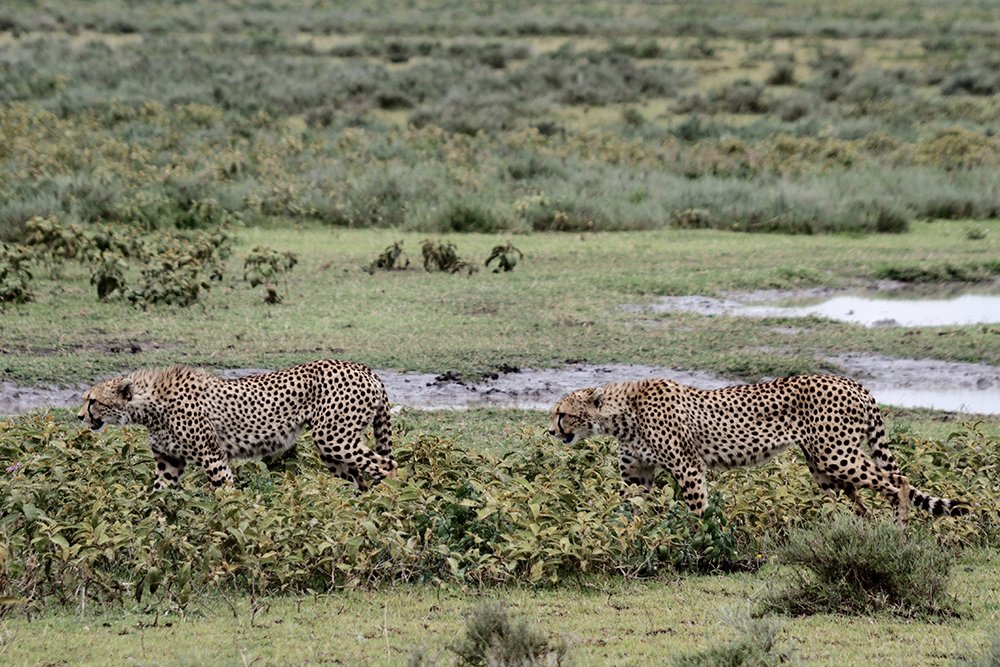
Rain is what drives the Serengeti migration; it’s what makes the herds move hundreds of miles in search of fresh grazing on their annual odyssey. Fortunately, many people are put off by the chance of rain on safari so travel towards the end of March and you’ll find you get the holy trinity of conditions: Low season prices, few other tourists and excellent game viewing. Add to this spectacular thunderstorms on the horizon each night, numerous migrant bird species and plenty of young wild animals and you’ll see why it’s well worth braving the chance of the odd shower.
5. You can’t drive off road (False).
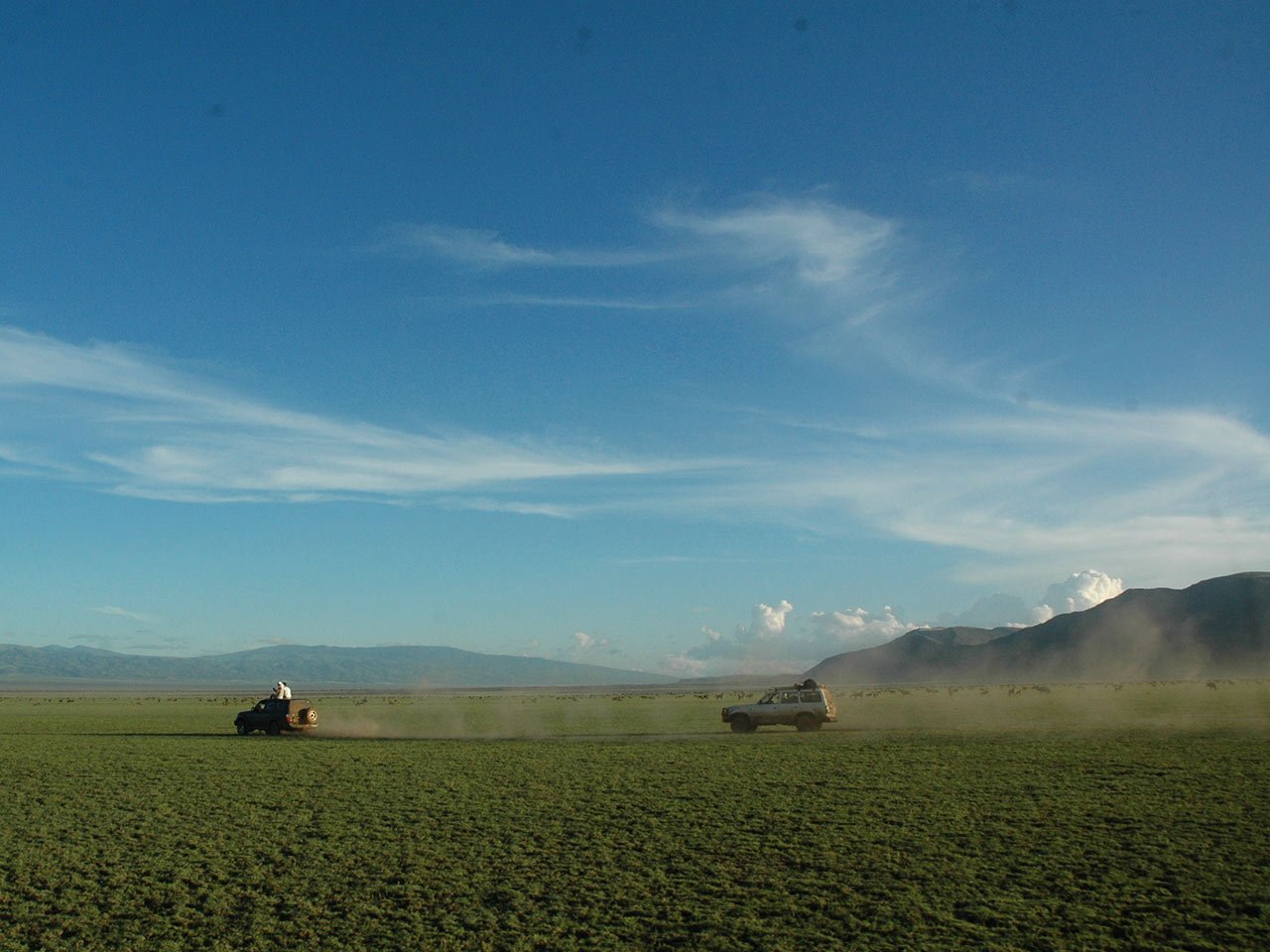
Between December and May the migration is in the southern short grass plains. These extend from the Serengeti itself into the Ngorongoro Conservation area and far up to the Gol Mountains and the edge of the Rift Valley above Lake Natron (The Salei Plains). In much of this area there are no more than a handful of arterial roads and the majority of the area is open to off-road driving. With a knowledgeable and experienced guide you’ll quickly be able to leave the main roads.
Looking for a safari in the Serengeti?


